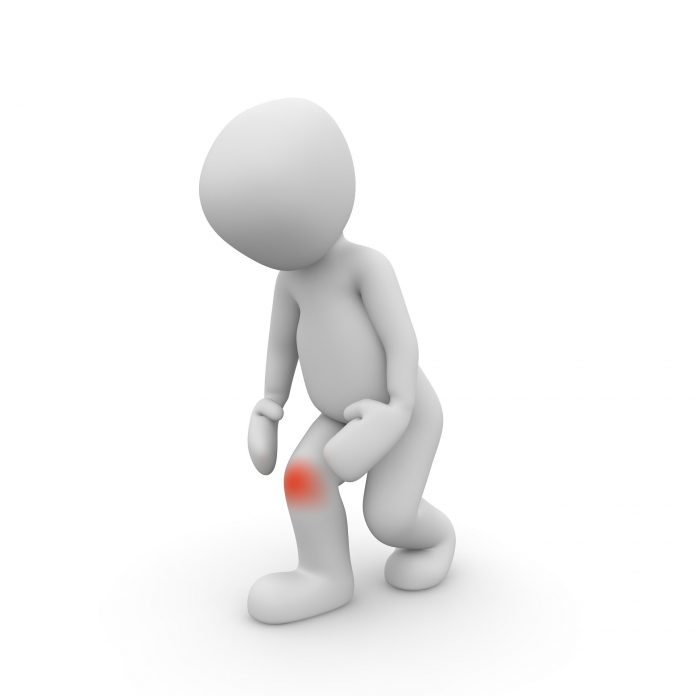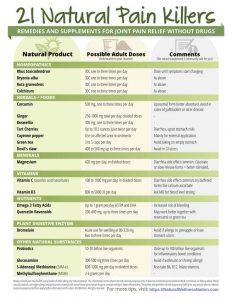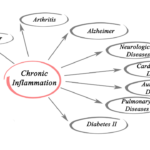Is inflammation a cause of pain? Yes, of course it is – both acute (short-term, self-limited) and chronic pain. Lately experts have been concerned about excessive inflammatory reactions of the body to COVID-19 infections. But the role of inflammation in health issues goes way beyond this one (albeit important) factor.
Let’s take a closer look at what that means.
Inflammation is part of the immune system response to injury and infection. It involves pain, swelling, heat, redness, and loss of function of the inflamed part. Inflammation isn’t always a bad thing.
Our bodies use inflammation as a way to protect and heal injuries. Swelling naturally occurs after an injury – like a cut to the finger – to help in the healing process. Similarly, inflammation happens during some illnesses and is part of the cycle of healing. So, in some cases inflammation is an appropriate and necessary part of getting better.
But, excessive acute inflammation and/or chronic inflammation can be a chief reason people are in pain when injuries and illnesses aren’t present.
Much of the chronic inflammation that people feel comes from two factors:
- Foods that promote inflammation (that is, your diet)
- Sedentary lifestyle (that is, your inactive lifestyle)
What you’re eating – and not eating – could be causing inflammation in your body
Our diet can be a contributing factor for inflammation. The foods we are eating and the ones we aren’t can create or heal inflammation. Some foods that cause inflammation are pretty easy to identify but there are foods that you might not think contribute. It’s valuable to understand what foods promote healing and which ones contribute to inflammation.
Overall, inflammation-causing foods are lumped into groups. Common pro-inflammatory groups include:
- Processed foods
- Alcohol
- Refined carbohydrates (ah yes, your emotional “comfort” foods)
- Certain oils (especially if you consume an excess of omega-6 fatty acids in the fats that you eat), e.g., meats, chicken, eggs, safflower or sunflower oils, corn oil.
Not all foods with “oils” are bad for you. For instance, fatty fish like wild-caught salmon is high in anti-inflammatory omega-3 fatty acids, which counterbalance bad effects of the omega-6 fatty acids. So, as with many dietary items, balancing different items is important.
These categories account for a lot of foods so it’s important to take a look at the foods you eat on a regular basis and identify foods that might be adding to chronic inflammation. Additionally, while these are the top categories of foods that can cause inflammation, your body is unique and may react to what’s considered a “healthy” food. Issues like food allergies can cause chronic inflammation you may not be aware of.
Failure to move your body can contribute to inflammation
Living a sedentary lifestyle is a chief contributor to chronic illnesses, including Type 2 diabetes and cardiovascular diseases. Failure to move regularly can deteriorate muscle tone and reduce the vitality and ease of movement for joints. Stiffness can morph into mobility restrictions that could be avoided or improved through exercise. Eating anti-inflammatory foods can ease some diseases like arthritis.
Overall, in addition, poor dietary habits and sedentary lifestyle contribute to getting overweight and obese. Obesity itself is associated not only with chronic inflammation, but also with certain nutrient deficiencies, including but not limited to vitamin D (https://pubmed.ncbi.nlm.nih.gov/25688659/?from_term=obesity+vitamin+d&from_pos=3).
Vitamin D deficiency also contributes as a potential factor in the insulin resistance of body cells that occurs in people with Type 2 diabetes mellitus (https://pubmed.ncbi.nlm.nih.gov/30801902/?from_term=obesity+vitamin+d&from_page=2&from_pos=3).
So what? Vitamin D deficiency is one of several risk factors for a poorer outcome with COVID-19 and other acute infections. Although 41% of the American population are vitamin D deficient, the latter problem is commonly found in frail elderly and people of color, groups especially susceptible to the ravages and lethality of the coronavirus pandemic.
Inflammation can be a chief reason people live with chronic pain. The good news is many of the reasons people have inflammation can be reduced or stopped entirely by a healthy diet and getting exercise.
Making simple changes in your diet, including eliminating unhealthy foods and introducing anti-inflammatory foods, can reduce inflammation quickly. Becoming more active can help speed things up even more. Reducing chronic inflammation is something you can take control of and become pain free.
CLAIM YOUR FREE CHEAT SHEET on “21 Natural Pain Killers” – click on the image below…










